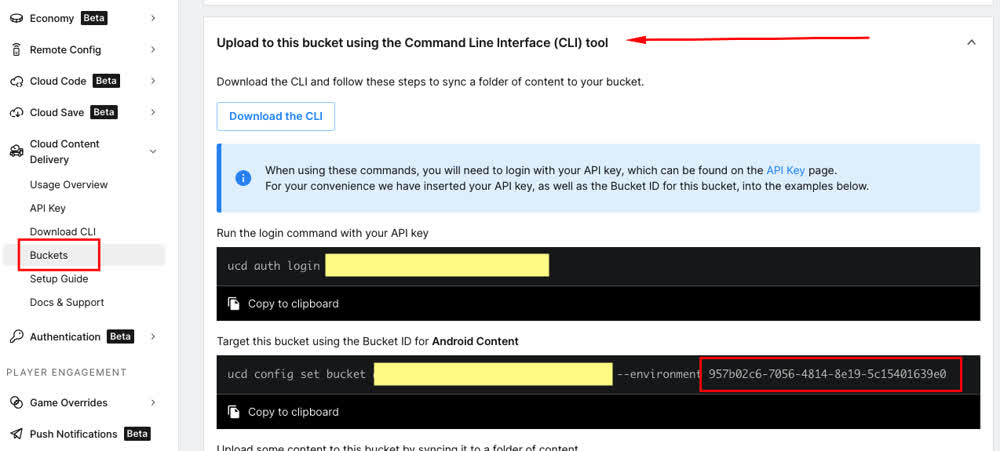


and some info was in the example readme and some in gitlab issues and some in the gitlab docker image readme. some steps are in the output log of a docker container etc. While the official documentation for setting up was good enough, I found it a bit scattered (i.e. I wanted to do it the most official way to minimize the amount of corner-cases and workaround I would run into, so I went with gitlab-ci, which means you should host your repo on or another GitLab instance. There seems to be two common ways to set it up, either using gitlab-ci, which is what the official example does, or using Travis and GitHub as explained by Carlos Castro on his blog. After a quick search it seemed pretty clear that /gableroux/unit圓d was the most well-maintained and popular solution.

I decided to go for a docker-based solution, and started looking for images. Also I haven't checked if it would integrate well with Itch. However it costs $9 a month, and I only do this as a hobby and I don't like depending paid services if I don't have to. In this post, I'll explain how to set up continuous deployment so all of this will be done automatically when you push to your git master branch.Īt first glance, it seemed like Unity Cloud build would be the obvious solution. When doing game jams, you can easily waste a lot of time fixing one bug, manually build for four or more platforms, upload each to itch only to find there is another critical bug and you have to start all over again. Automatically building and deploying Unity applications to itch.io


 0 kommentar(er)
0 kommentar(er)
